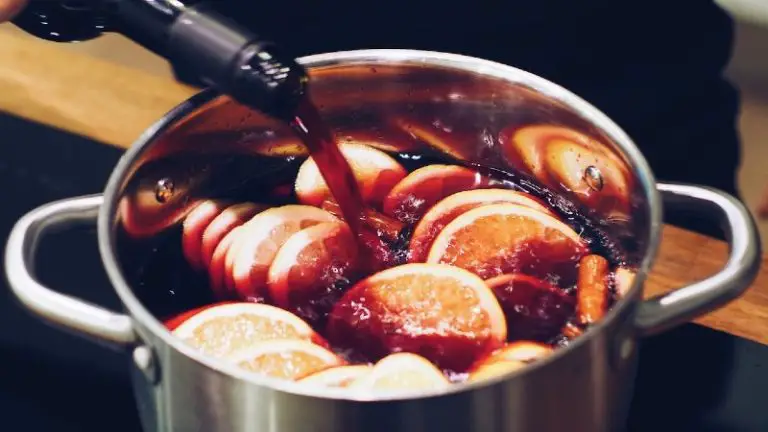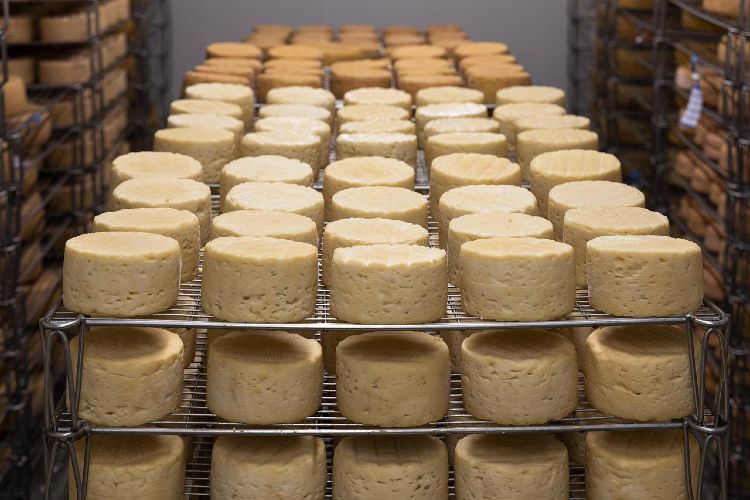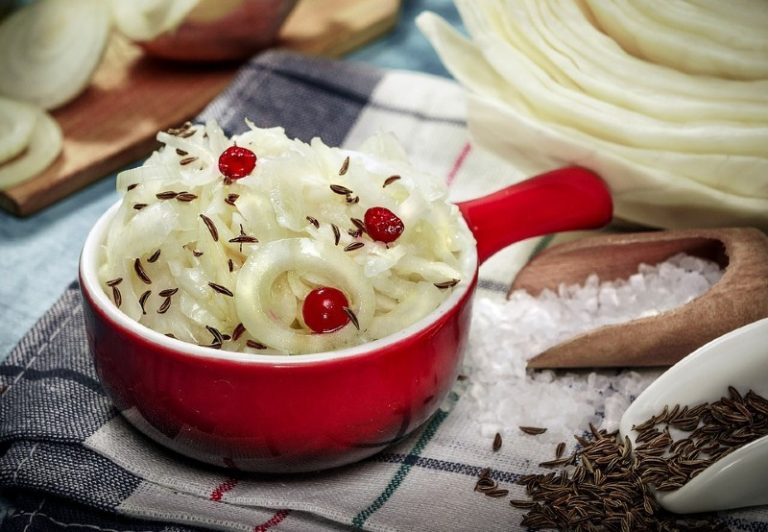An Italian-Eritrean Food Heritage
My ancestors, from my father’s side of the family, were Italian colonial settlers in Eritrea, now part of Ethiopia. Eritrea was ruled by the Kingdom of Italy from 1882 until 1941 and King Umberto I and Vittorio Emmanuele III of the House of Savoia were consequentially on the throne during those decades.
Most of the Italians who lived in Eritrea went to settle in a city called Asmara, which was built very much to look and operate like a “Piccola Roma” or “Little Rome”, with wide palm tree lined boulevards, green piazzas lined with lollipop coloured geraniums, chic coffee bars and ice-cream parlours, Catholic schools, art-deco cinemas and comfortable houses with marble floors, verandas, air-conditioning and big gardens.
The Italian government positively promoted Italian workers to colonise the inland areas in and around Asmara right across the strategic Red Sea port of Massawa. The population of Italian immigrants grew from just 4000 residents in World War 1 to 100 000 by the time the second World War broke out.
In 1936 the Fascist dictator “Il Duce”, Benito Mussolini, declared Eritrea a new Roman Empire and vast, newly opened factories made buttons, cooking oil, pasta, processed meats, textiles, construction materials, mechanical implements and ground coffee. All of these goods were then exported back to the mother land to feed, clothe and house its burgeoning population. Eritrea was the bread basket of Italy, because of its warm climate, flat, productive fields with fertile alluvian soils and because of the strong work ethic of the Italian immigrants who sought to create a prosperous and stylish life for themselves. This was the sort of life they could never have created for themselves in post-war struggling Italy, where there were no servants to clean your house, pack your shopping bag and wash your new car, sitting in its white-washed, double garage.
The Italians tried to re-create a miniature empire for themselves in Africa. They never fogot that, at its height, the Roman Empire stretched triumphantly from Wales right across to Mesopotamia. But when the modern Italian state was eventually founded by Garibaldi in 1861, bringing together a disparate number of independent monarchies and warring city-states on the Italian peninsula, Italy was a humble shadow of its former self. In Eritrea, the expansionist, leadership ambitions of Italian governance were finally fulfilled.
By 1940 there were over 2000 thriving small to medium businesses registered in Asmara. In one button factory my grandfather, Battista Toti, came to work when he was just 15 years old. There he met my grandmother, Giuseppina Riva, married her and had four children in a village called Keren. They were called Lorenzina, Renato (my father, born in 1930), Luigi and Franco.
My father and his siblings were sent to Collegio Falchetti, a boarding school in Lombardy, to study in 1940, and from there my father went on to do his degree in Civil Engineering at the University of Milan, where he met my mother, Luciana Maestri. They married in February 1957 and went firstly to work in the sugar plantations of South Africa and Rhodesia (now called Zimbabwe) and then back to the flourishing economy of Eritrea. My father was an irrigation engineer, and spent all his working life building canals, dams, reservoirs and ditches to irrigate fields of sugar, cotton, tobacco, wheat and maize.
When Renato and Luciana returned to Eritrea in 1967, I was just two years old, my brother Massimo was 7 and my sister Patrizia was 8. We lived a lifestyle beyond most European’s dreams: a beautiful house and garden, servants, hot weather all year round, space, freedom and enough money not to worry about our future. Colonial enterprise elevated many working class people into the bourgeoisie and we were very well off, although my father worked long hours, every day. Being a small child, however, I had absolutely no notion whatsoever of how the world beyond my gilded cage lived.
The thing I remember most vividly of all, however, was the food and the raw ingredients and although I was a very small, thin child, my Mamma would often ask me where I put it all, “Do you have hollow legs?”, as I was always hungry. Eritreans have a very distinct culinary imprint, founded on a matriarchal tradition of women staying at home and cooking the daily bread, stews, legume purees and vegetable side dishes that are served with shai, or tea, followed by strong, aromatic Ethiopian coffee. There was always something cooking in our kitchen, and I was always watching or smelling the aromas from nearby.
I remember being just two years old and smelling the burning wood from the fire that our two housemaids, Girgis and Zege, made outside in our back garden, where, with two large stones, they would cook zigni beef stews and bake injera bread, made from teff wheat. Our Italian food was mostly cooked by my mother in our pristine kitchen, but there were also suspended black pots, flat pans, burning embers and very long wooden mixing palettes at the very back of the garden, near where the water tanks were stored.
Goat meat was very often used for stews. Eritrean food is very spicy, with a special spice mix called berbere added to most dishes. Shiro was the legume and vegetable puree that accompanied the main meal. The maids wore patterned, colourful, long robes, stripey shawls, called gabi, around their heads, and very delicate, filigree silver jewellery round their wrists. They worked in our house all day long, cleaning, cooking, tidying, washing, ironing and then left in the afternoon, the lingering smell of lavender floor polish, freshly pressed linens and Dettol greeting me as I came home from nursery school.
My mother, Milanese by birth, and taught by her own mother and grandfather, a professional Chef, to be an excellent cook, taught our two house maids many different Italian dishes also, such as arrosto di pollo, roast chicken, which my mother served somethimes as a chicken fillet rolled around prosciutto and omelette. There was always an abundance of lasagne, ossobuco, risotti, soups, salads, crème caramels, cakes, biscuits and ice creams, but above all I remember the fresh produce: juicy prickly pears, huge tomatoes, striped aubergines, ripe figs, long chillies and sweet oranges. My mother shopped at La Casa, a food hall in Asmara that purveyed fine, imported and local ingredients to Italian settler housewives. Salame, mortadella, prosciutto, panettone and Peroni beer: wherever the Italians go in the world they always make sure they eat well.
I remember Martini cocktail parties, with olives and small canapés covered with ham and cheese and artichoke hearts under oil, with little crystal cups of toothpicks on doily covered silver trays. Italian ladies, friends of my mother, came to call, and they wore printed, sleeveless 1960’s belted dresses and shiny, pink nail varnish. There were little flowers on the china, matching cushions and crystal glasses: when the Italians entertain “bella figura”, or a good image, is very important. We care what the neighbours think.
In the summer holidays my mother and the three children would travel the very perilous 65 mile road, my mother driving, from Asmara to Massawa. The route was thought to be lined by violent tribal insurgents, Shifta terrorists, who would stop your car at gun point and, if they decided your white skin was the unacceptable face of colonial rule, would dispatch you to your maker and then ransack your car and luggage. My mother stuffed our lovely Italian clothes with cash, so that if we were held at gunpoint at least our lives would be spared. So there I was, a little four year old girl, stuck in a car with my mother driving at break neck speed to what was an unimaginably glamorous Italian expatriate enclave seaside resort, fearful of our lives but looking forward to the insalata tricolore, calamari, giant garlic prawns, tiramisu and gelati that were waiting for us at the other end, served with aranciata fizzy orange. In the hotel room we surrendered the cash to my mother, who would put it in her purse until such time as we needed to make the journey back and we walked down to the sandy beach and into the warm, fizzing surf.
We left Asmara and moved to an even bigger and more “bling” house in Addis Ababa, as my father signed new employment contracts. He worked on the farms of Guido De Nadai, one of the largest and most powerful landowners in Africa, who grew fresh fruit and vegetables in Elabored and Tessanei, as well as owning food canning factories and many ships to transport the bounty back to Italy.
The high point of my father’s career was the construction of the Diga di Ghinda, a colossal 43 metre tall dam that took several years and 11 000 native Ethiopian employee labourers and technicians to build. This dam pumped water to irrigate the vast acreage upon which was grown the produce that Eritrea exported back to the growing number of Italian supermarkets. The Emperor Haile Selassie, the ruler of Ethiopia (1882 – 1975), came to the opening ceremony, and there is a photo in a magazine of my father pointing out all the features on a map with a white baton. In the black and white photograph the Emperor wore a white helmet and his ceremonial, military jacket.
A generation later, the grandson of Mr. De Nadai, Giancarlo, is still carrying on the family tradition, as the head of Unifrutti, one of the world’s largest fruit producers, with plantations all over Latin America, the Far East and Africa, with 22 000 hectares of farms, the production of 70 millions cartons of fruit per year, ownership of 7 million cubic feet of vessels and a staff of 13 000 employees.
My parents left Eritrea in 1972, to start a new life in the British colony of Rhodesia, and we settled in a comfortable house in Mount Pleasant, a suburb of the capital Salisbury. Many Italians left Eritrea to return to Italy. From 1961 to this day Eritreans have waged war for their independence, and since the Italians left the colony famine, drought, disease and infant mortality have plagued this noble and ancient Aramaic race, believed to be amongst the oldest tribe related to Homo Sapiens. As you read this article, over six million Ethiopians are dying of starvation and many more live hand-to-mouth, fragile existences with little or no hope of food security.
When I watched the news on television the following forty years, I could scarcely believe what had happened to my Italian Eritrean food heritage. I held the secret of it inside my head, thinking no one would believe me.



